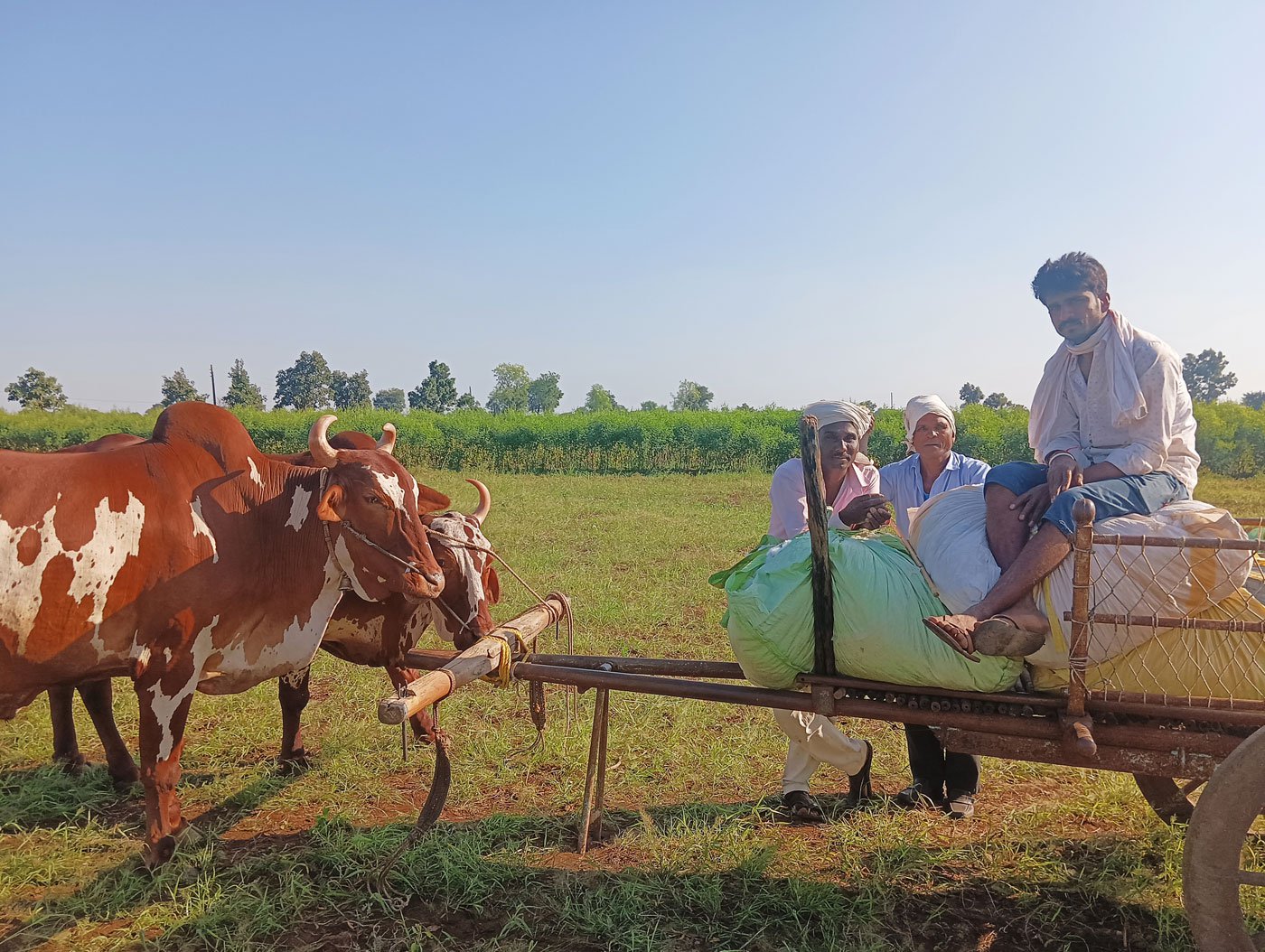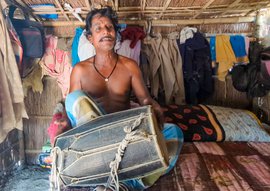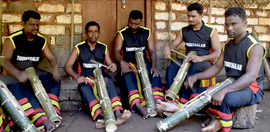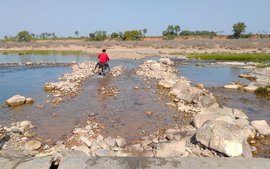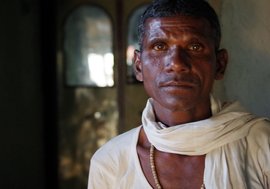“The cotton stored at home is losing its colour and weight. The lighter the colour, the lower the price traders will give us,” said Sandeep Yadav worriedly. A cotton farmer in Gogaon tehsil of Madhya Pradesh’s Khargone district, he has been waiting for the price of the commodity to rise since the harvest in October 2022.
Cotton is cultivated on 2.15 lakh hectares of land in Khargone, one of largest cotton-producing districts of Madhya Pradesh. The crop is sowed in May every year and harvested from October to the second week of December. About Rs. 6 crore of cotton is purchased daily from Khargone's cotton mandi during the period of eight months (October-May). Sandeep cultivates cotton on 10 acres of his 18-acre farmland in Madhya Pradesh's Behrampura village.
In October 2022, Sandeep was happy with the roughly 30 quintals of cotton he had just harvested. It was the first picking of the season on his land. He estimated he would get a similar quantity in the second picking, and he did – 26 quintals.
But a few days later, Sandeep found himself unable to sell 30 quintals at the Khargone cotton mandi . In fact, all the cotton mandis in Madhya Pradesh were closed due to a trader’s strike from October 11, 2022. Traders were demanding a reduction in mandi tax which was Rs. 1.70 for every Rs. 100 traded, among the highest in the country. The strike lasted eight days.
A day before the strike (October 10), the rate per quintal was Rs. 8,740 at Khargone’s cotton mandi . After the strike ended, the price fell by Rs. 890 to Rs. 7,850 per quintal. When the mandis reopened on October 19, 2022, he didn’t sell his yield as the price had dropped. “If I sell the crop now, I won't get any profit,” the 34-year-old farmer said when speaking to PARI in October 2022.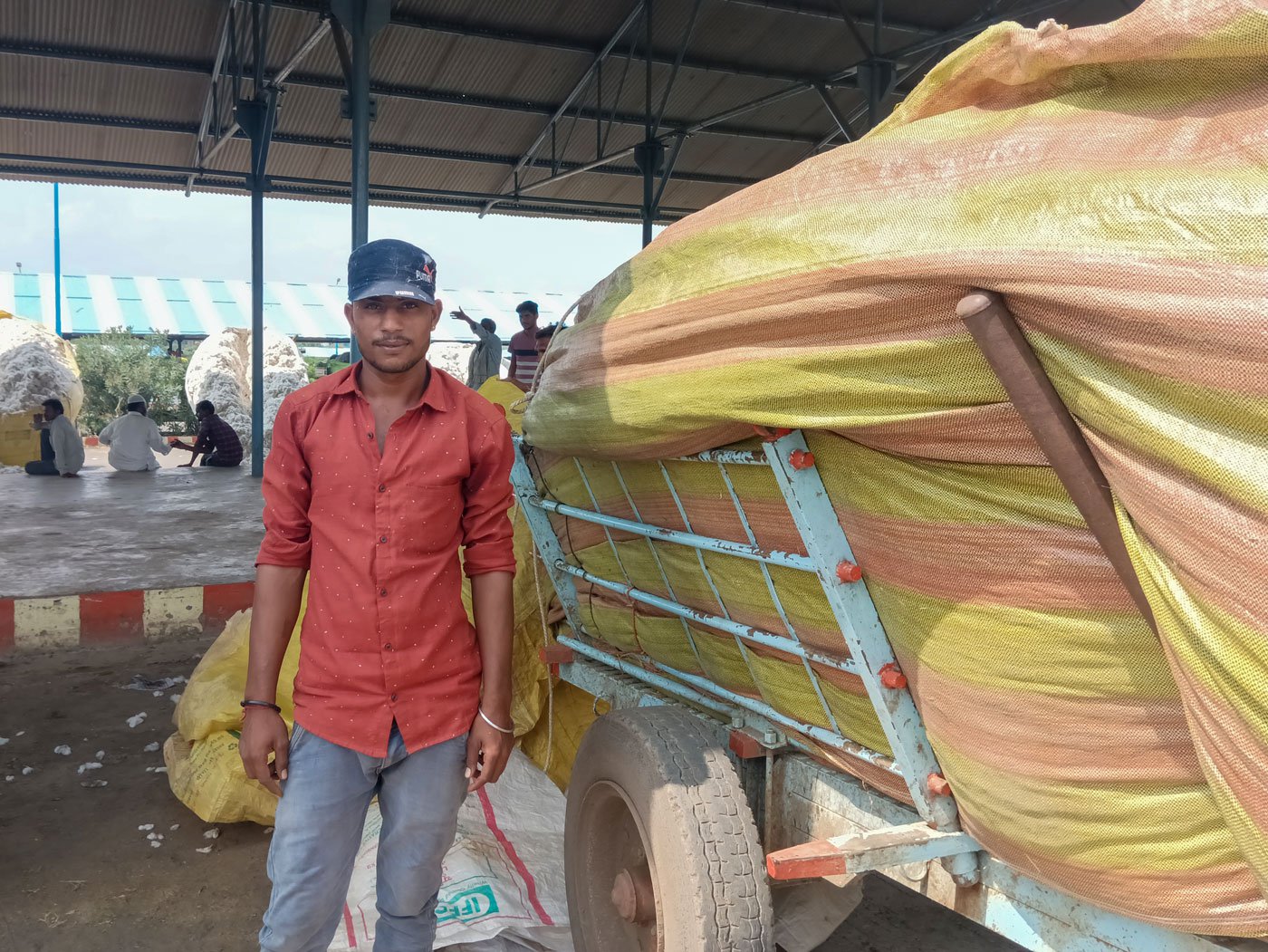
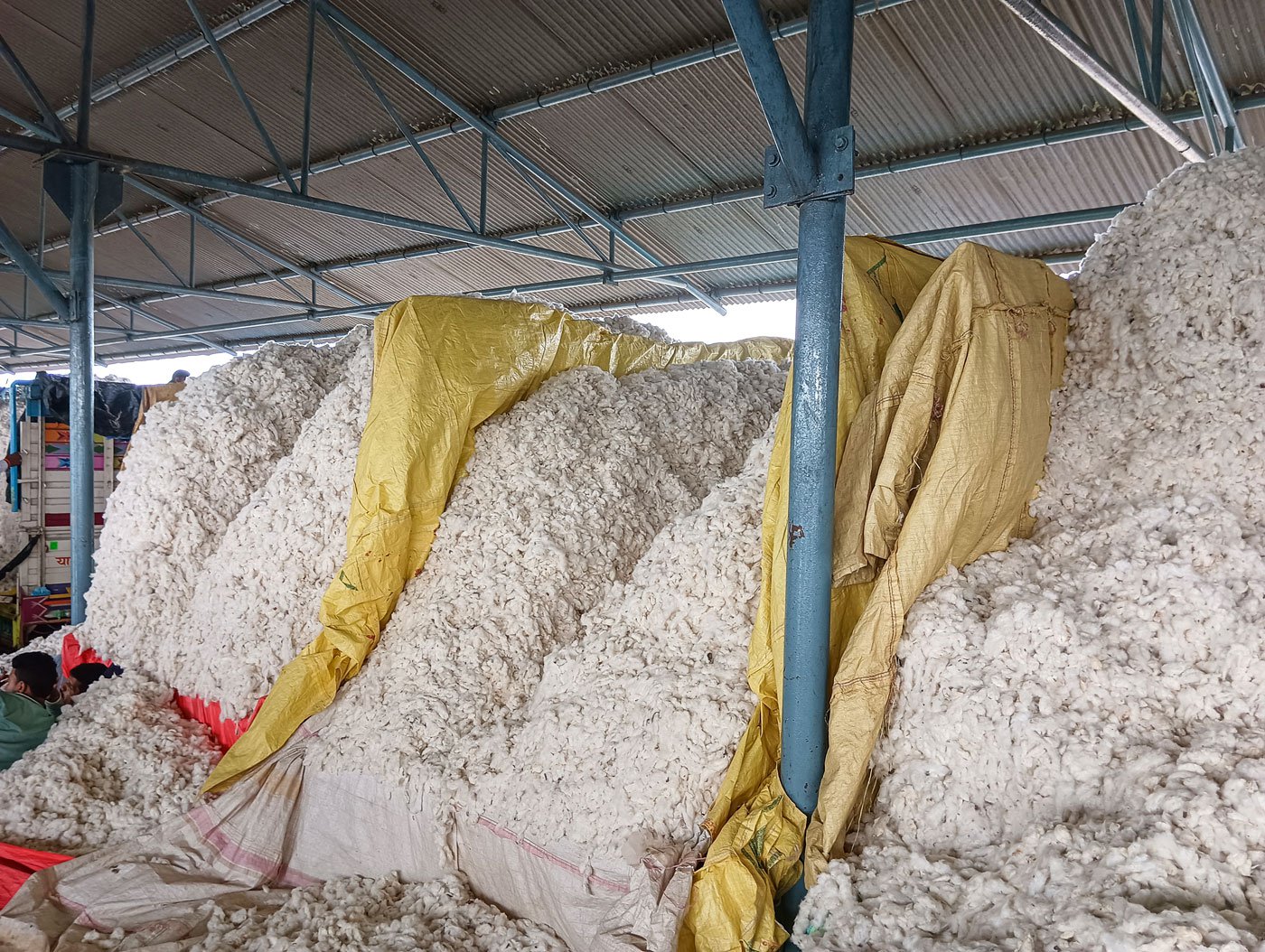
Sanjay Yadav (left) is a cotton farmer in Navalpura village in Khargone district. About Rs. 6 crore of cotton is purchased daily from Khargone's cotton
mandi
(right) from October-May
This is not the first time that Sandeep has had to store his cotton yield. During the pandemic, he says mandis were closed and, “[In 2021], insects infested the crop, and more than half of it was destroyed.”
So, he hoped that the 2022 yield would make up for these losses and help repay the debt of Rs. 15 lakh. “Nothing will be left after paying the loan instalments this year [2022],” he says.
According to the farmer’s portal data , the centre fixed the minimum support price (MSP) for cotton at Rs. 6,380 per quintal in 2022-2023. This price was Rs. 355 higher than the rate for the year 2021-2022. “The MSP should be at least Rs. 8,500,” says Shyam Singh Panwar, the president of the Indore division of the Bharatiya Kisan Sangh. “The government should pass a law preventing traders from buying for less than this slab,” he adds.
Sanjay Yadav, a farmer from Navalpura village of Barwaha tehsil , believes that the Rs. 7,405 per quintal of cotton is too low. He only sold 12 quintals, a portion of his total yield at the Khargone mandi . The 20-year-old says that it should have been at least Rs. 10,000 per quintal, Rs. 2,595 more than the current price.
“We [farmers] can't decide anything [about the minimum support price]. The cost of our harvest is not in our hands,” points out Sandeep.
“Apart from basic expenses like seeds and DAP [Diammonium Phosphate] fertiliser that costs 1,400 rupees per acre, there are labour charges for the day that cost 1,500 rupees. Then, three sprays [of a pesticide] to kill the caterpillars costs 1000 rupees. If we add up all these costs, I need 15,000 rupees for one acre,” says Sandeep.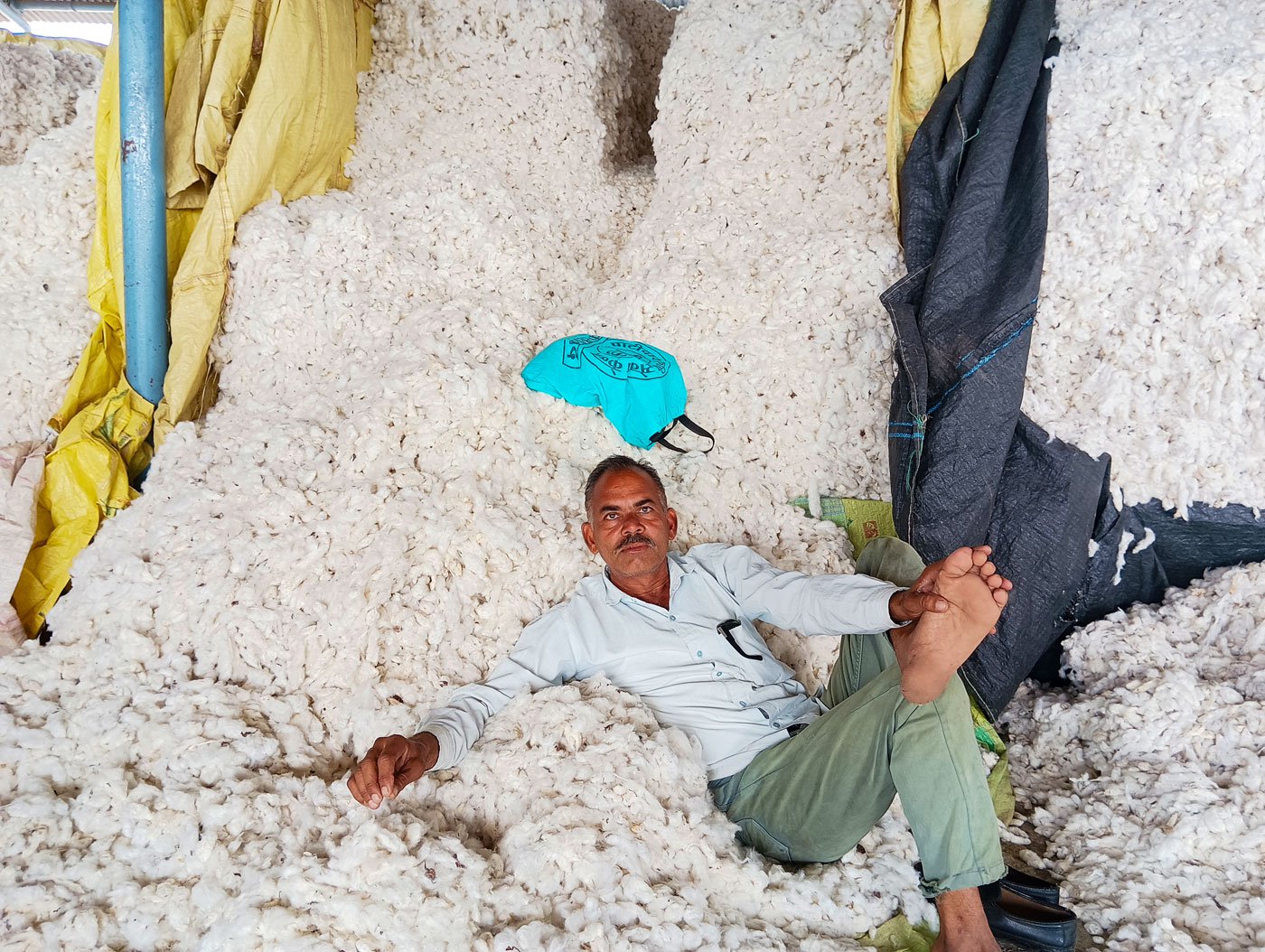
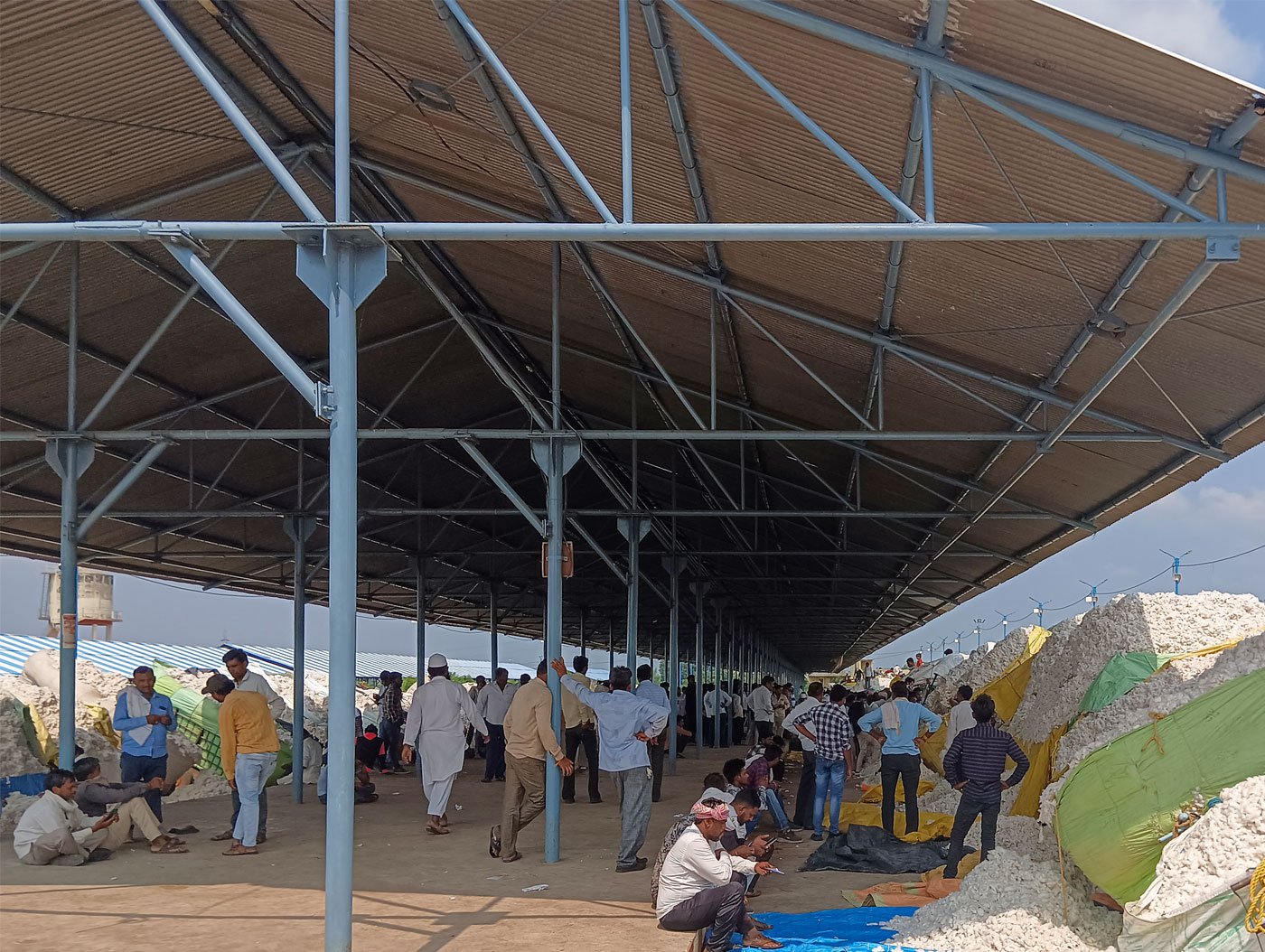
Left: Farmer Radheshyam Patel from Sabda village says that cultivating cotton is costly . Right: The farmers at the mandi are disappointed with the low price of cotton after the trader's strike ended
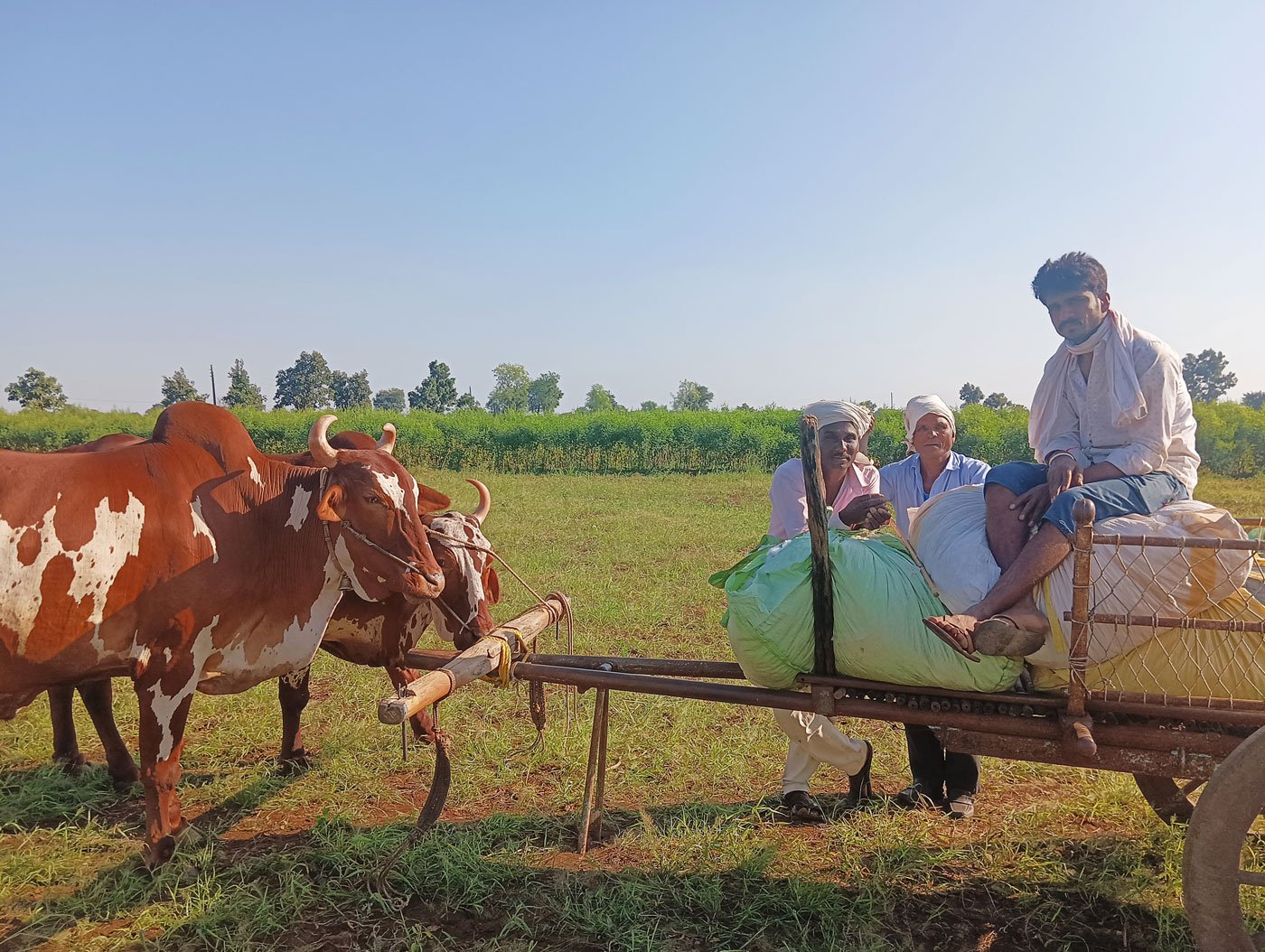
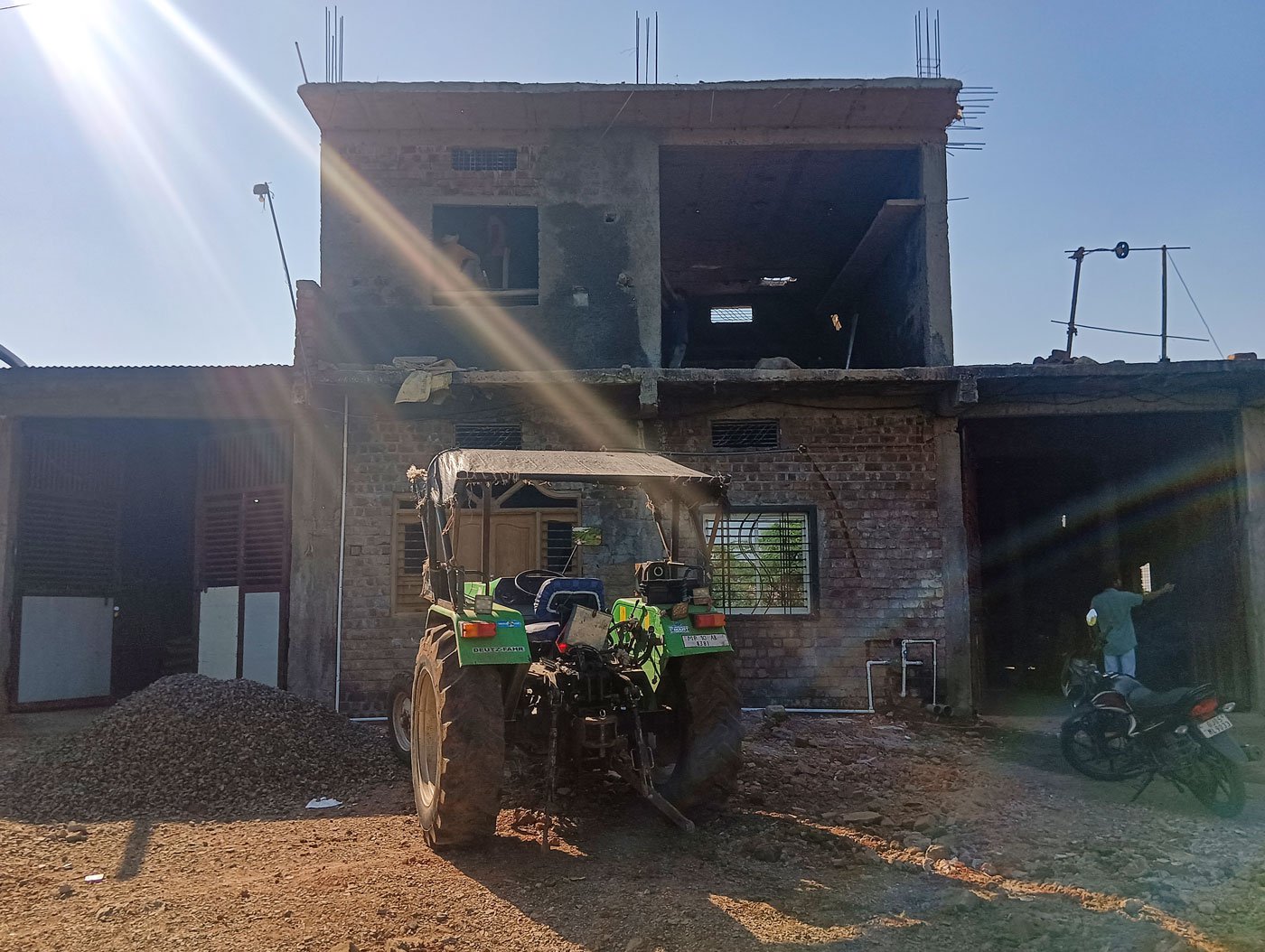
Left: Sandeep Yadav (sitting on a bullock cart) is a cotton farmer in Behrampura village. Right: He has taken a loan of Rs. 9 lakh to build a new home which is under construction
In October 2022, Sandeep had to take a loan of Rs. 30,000 to pay the labourers he had employed to pick the cotton. “Everyone buys new clothes for Diwali. Unless we pay them, they won't be able to pay their expenses,” he said.
Sandeep has also taken a loan of Rs. 9 lakh from a local moneylender ( sahukar ) to build his new house. As there was no good government school in the area, he had enrolled his children in a private school nearby before Covid-19 and struggled to pay the annual fees.
Farmer Radheshyam Patel from Sabda village agrees that cultivating cotton is costly. “If we sow the rabi crop now [October 2022], we will need money for that too. We'll have to borrow money on interest,” the 47-year-old says. He adds that, “If the next crop [after borrowing money] fails, the only people who lose are the farmers. That's why the farmer drinks poison or he has to sell the land after getting stuck in the interest quagmire.”
“Only a farmer knows how much his crop is worth. The government should at least ensure that the farmer receives a minimum support price for the crop,” says Devendra Sharma, an agricultural expert.
By January 2023, Sandeep’s household expenses were increasing. His younger brother got married in the first week of February. He told PARI that in January, he had sold about 30 quintals of cotton at Rs. 8,900 per quintal since they needed the money.
He says that even though this price is better, he won’t have any money left after all his expenses.
“The farmer has no say anywhere,” he says, frustrated about the cotton prices.